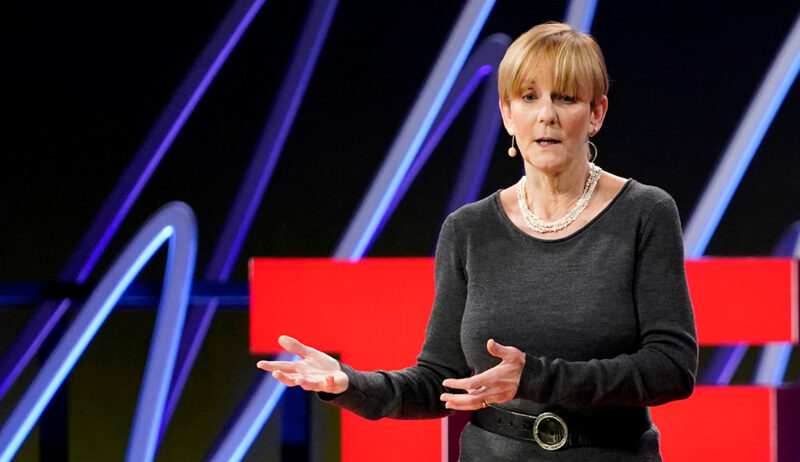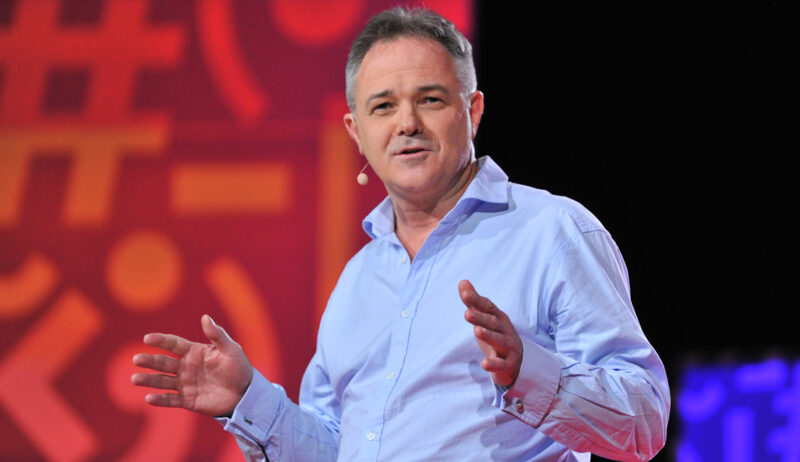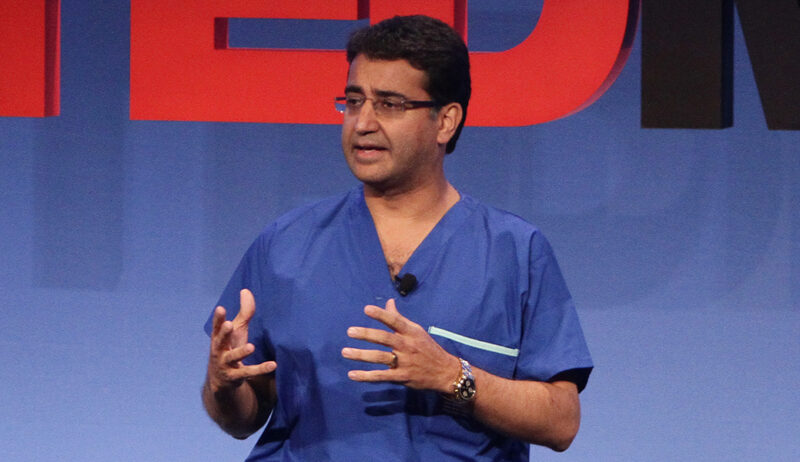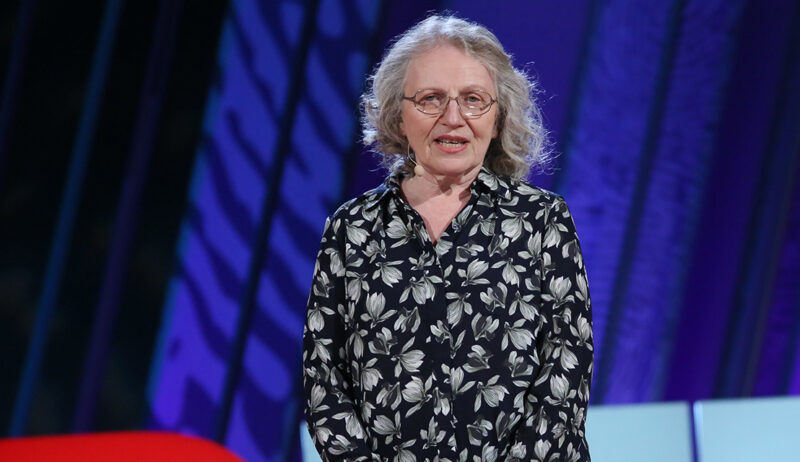About this talk
Since the world’s first epidemic, we’ve built treatments for various infectious diseases. Yet, our understanding of disease transmission, and the mechanisms behind it, have not advanced much from the 19th century days of Louis Pasteur. Lydia Bourouiba, Disease Transmission Scientist, explains that, to uncover remaining secrets behind disease transmission, we must leverage advances in fluid dynamics and biophysics. Lydia and her team are unveiling the mechanics behind airborne disease transmission, revealing how pathogens travel from a point source (the mouth), into the air, and eventually through ventilation systems, hospitals, airplanes, and more.
Through advanced mechanistic modeling, Lydia can tell us how to prevent disease outbreaks before they occur. Watch her TEDMED 2018 Talk to discover how we can make better life or death decisions to reduce the spread of infectious disease.
About Lydia Bourouiba
See more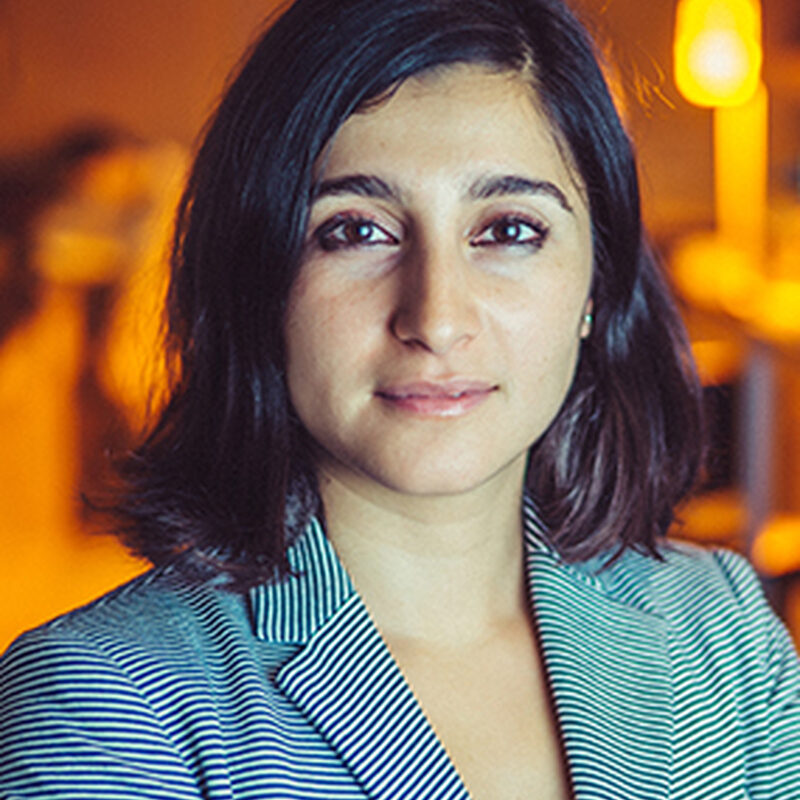
About Lydia
Lydia Bourouiba is a professor at MIT who studies the fluid dynamics of disease transmission. She uses a combination of engineering, physics, and biology to understand how pathogens—like viruses and bacteria—travel through the air in sneezes and coughs. Her work is crucial for improving our readiness for pandemics and other infectious disease threats. In her Fluid Dynamics of Disease Transmission Laboratory, using tools like high-speed cameras, the behavior of bodily fluids when we sneeze or cough is analyzed. This research helps to show that these fluids can travel much farther than previously thought. Her findings have been important in shaping public health guidelines during disease outbreaks. Beyond her research, Lydia is the founder of the Fluids and Health Conference, an international event that brings together experts to discuss how fluid dynamics plays a key role in health, from infectious diseases to drug delivery. Her work has earned her many awards, including the Tse Cheuk Ng Tai’s Prize for Innovative Research in Health Sciences, for its high-risk, high-reward approach to solving major health challenges.
